Search
Environment

Wastewater Treatment and Remediation
NASA's system was developed for smaller-scale, space-based applications. However, the technology is scalable for larger industrial and municipal water treatment applications. Implementation of the Ammonia Recovery System could significantly reduce nitrogen content from water treatment processes, meaningfully improving the quality of water. This system offers a novel way to reduce nitrogen water pollutants, while allowing for the nitrogen to be collected and reused- reducing environmental and public health risks and providing an environmentally friendly fertilizer option. NASAs environmental solutions work to sustain life on earth through space based technology
The adaptable nature of this system gives it potentially broad applications in a wide variety of industries; it is particularly ideal for on-site remediation of wastewater in places like condo complexes, hotels and water parks. Current methods of ammonia recovery could not meet NASAs mission requirements, so a new process was devised to optimize for high ammonia selectivity, simplicity, low volume , low power usage and zero contaminants in the effluent. To do this, NASA designed a novel regenerable struvite-formation system for the capture of ammonia. This system has three primary functions:
1) Removal of ammonia from wastewater using a media that is highly selective for ammonia
2) Capture of the ammonia for later use (e.g., as a fertilizer)
3) Regeneration of the capture media for reuse in the system
environment
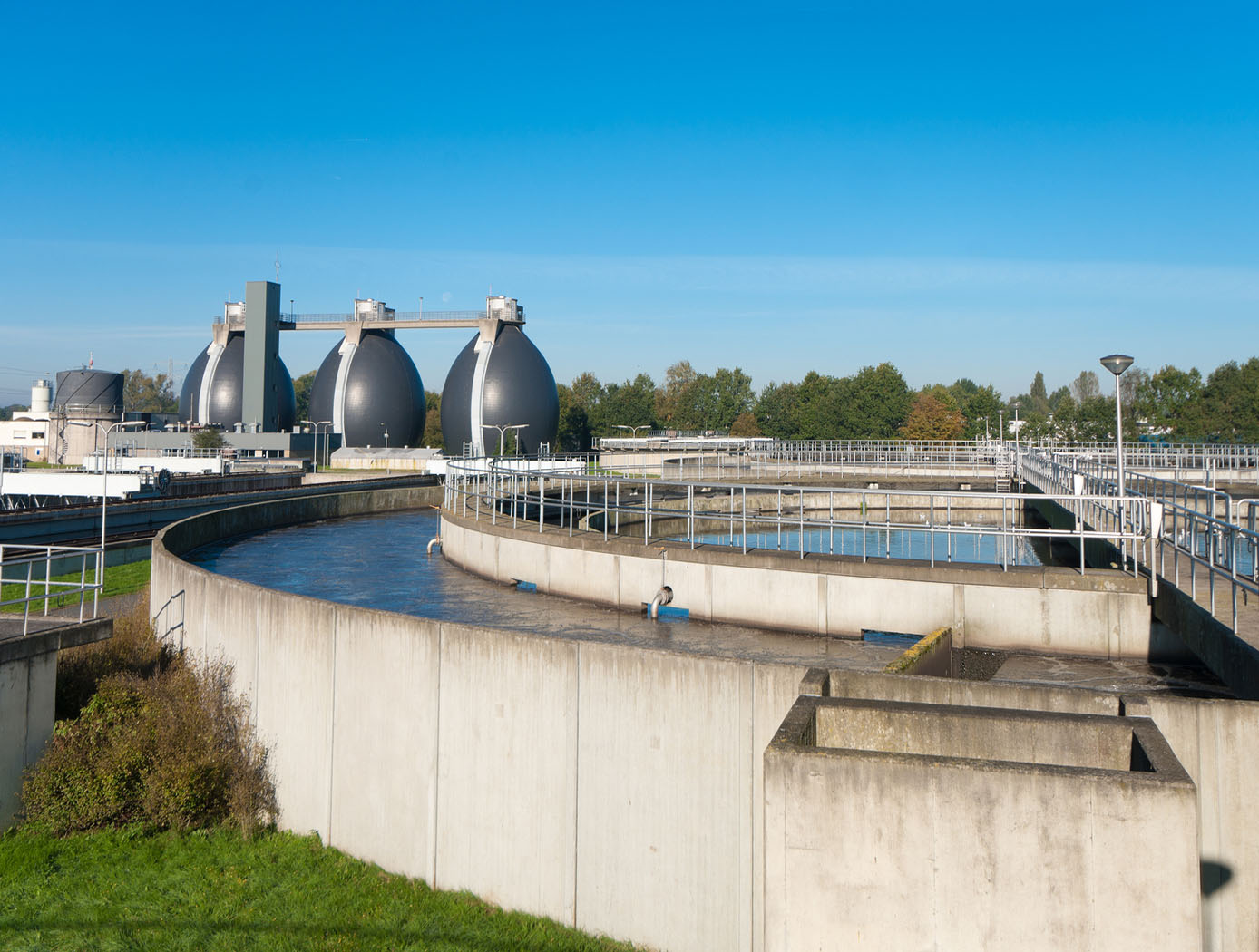
Habitat Water Wall for Water, Solids, and Atmosphere Recycle and Reuse
This approach allows water recycling, air treatment, thermal control, and solids residuals treatment and recycle to be removed from the usable habitat volume and placed in the walls of a radiation-shielding water wall. It also provides a mechanism to recover and reuse water treatment (solids) residuals to strengthen the habitat shell. Water-wall treatment elements are a much-enlarged version of the commercially available X-Pack hydration bag. Some water bags have pervaporation membranes facing inward that provide the capability to remove H0, C0, and trace organics from the atmosphere. Ideally the water wall is composed of a series of membrane bags packed as dry elements integrated into an inflatable habitat structure wall. After launch and deployment, it is filled with water and maintained as both a freshwater supply and radiation shield. As the initial water supply is consumed, the depleted treatment bags are filled with waste water and take on a dual role of active forward osmosis (FO) water treatment and water-wall radiation shielding.
information technology and software

MERRA/AS and Climate Analytics-as-a-Service (CAaaS)
NASA Goddard Space Flight Center now offers a new capability for meeting this Big Data challenge: MERRA Analytic Services (MERRA/AS). MERRA/AS combines the power of high-performance computing, storage-side analytics, and web APIs to dramatically improve customer access to MERRA data. It represents NASAs first effort to provide Climate Analytics-as-a-Service.
Retrospective analyses (or reanalyses) such as MERRA have long been important to scientists doing climate change research. MERRA is produced by NASAs Global Modeling and Assimilation Office (GMAO), which is a component of the Earth Sciences Division in Goddards Sciences and Exploration Directorate. GMAOs research and development activities aim to maximize the impact of satellite observations in climate, weather, atmospheric, and land prediction using global models and data assimilation. These products are becoming increasingly important to application areas beyond traditional climate science.
MERRA/AS provides a new cloud-based approach to storing and accessing the MERRA dataset. By combining high-performance computing, MapReduce analytics, and NASAs Climate Data Services API (CDS API), MERRA/AS moves much of the work traditionally done on the client side to the server side, close to the data and close to large compute power. This reduces the need for large data transfers and provides a platform to support complex server-side data analysesit enables Climate Analytics-as-a-Service.
MERRA/AS currently implements a set of commonly used operations (such as avg, min, and max) over all the MERRA variables. Of particular interest to many applications is a core collection of about two dozen MERRA land variables (such as humidity, precipitation, evaporation, and temperature). Using the RESTful services of the Climate Data Services API, it is now easy to extract basic historical climatology information about places and time spans of interest anywhere in the world. Since the CDS API is extensible, the community can participate in MERRA/ASs development by contributing new and more complex analytics to the MERRA/AS service.
MERRA/AS demonstrates the power of CAaaS and advances NASAs ability to connect data, science, computational resources, and expertise to the many customers and applications it serves.
environment

Microwave-Based Water Decontamination System
Bacterial contamination of water systems used in microgravity is a major issue for NASA because biofilms can clog or interfere with water system functions and bacterial ingestion can be harmful to astronaut health. To address this problem, NASA innovators developed a microwave based technology to purify contaminated water by eradicating and eliminating bacteria that grows in systems that generate potable water, in equipment utilizing cooling loops and heat exchangers, and removing bacterial contamination that is present on a variety of surfaces. This decontamination system is chemical free and requires minimal to no consumables.
Initial testing identified a specific microwave frequency band and exposure times for killing bacteria (Burkholderia cepacia) and biofilm. Test results show that exposing static water to microwave energy for 90 seconds can effectively kill waterborne bacteria and biofilm within a water filtration system. Additional testing, using a circulating water test bed, demonstrated that microwave energy at the selected frequency can effectively eradicate waterborne bacteria within 30 seconds. This technology could be further developed into a portable, lightweight system for use in remote locations as well as commercial space applications. The microwave decontamination system could also be added to existing water systems to extend the life of the system.
environment
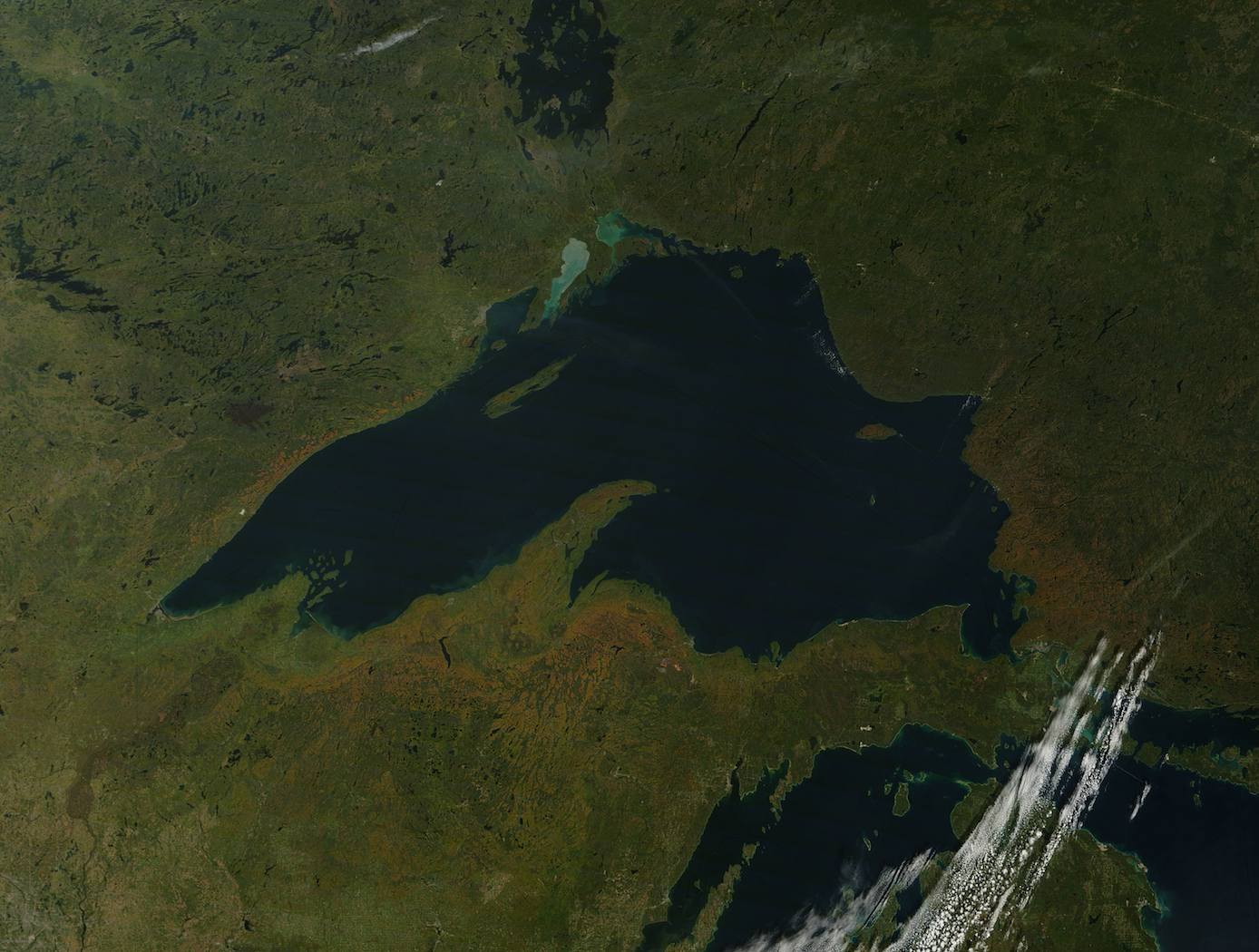
Advanced Supercritical Water Oxidation Reactor
NASA's Supercritical Water Oxidation - Flame Piloted Vortex (SCWO-FPV) Reactor implements a unique design where heating is primarily supplied by the energetics of the waste stream through the control of a hydrothermal flame in the core of the reactor with the injection of fuel and oxidizer. Once the hydrothermal flame is initiated and stabilized, an outer-core "wash" stream, consisting primarily of water, is injected near the walls at the base of the reactor. This "wash" stream maintains subcritical conditions at the reactor walls, while also dissolving and/or flushing from the reactor any precipitate and non-soluble inorganic materials generated from the supercritical reactor core. Mixing between the core region and the outer subcritical flow region is largely eliminated due to the great differences in density and viscosity. The flow configuration is further stabilized by the generation of a vortex using internal structures on the inside of the reactor wall. An aspirator assembly is positioned at the top of the supercritical core region to extract treated water and un-extracted material is recirculated through the reactor. The rate and amount of aspiration will be determined by product monitoring and will depend on waste stream content and overall operating conditions. Key aspects of the technology have been demonstrated and a prototype reactor is under development.
environment
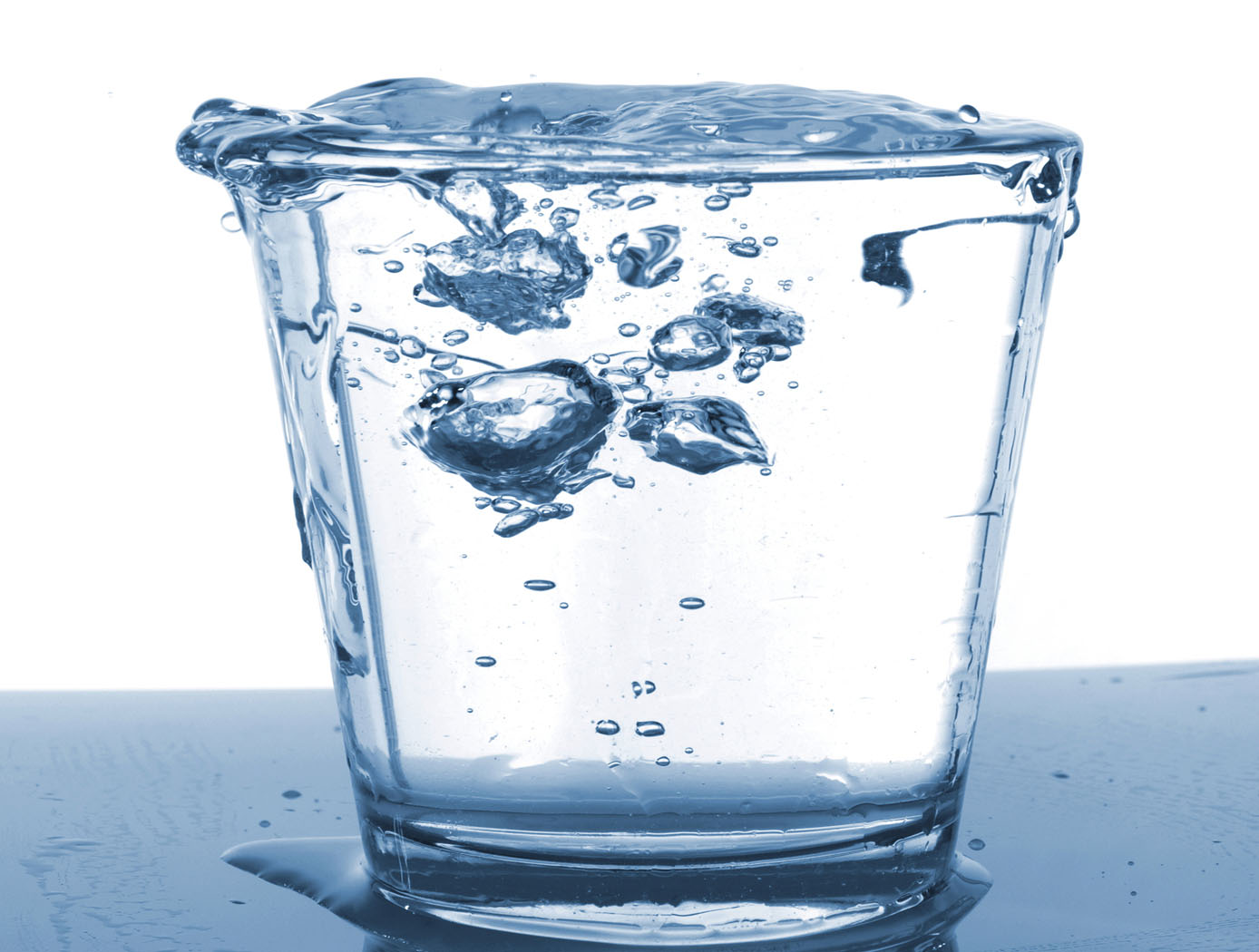
Pre-Treatment Solution for Water Recovery
The pre-treatment solution increases the solubility of calcium in urine brines by reducing the concentration of sulfates. When the solution is properly dosed, it enables biological, physical, and chemical stabilization of flushed urine for storage and distillation up to a steady 87% water recovery, as realized aboard the U.S. segment of the ISS, without precipitation of minerals such as gypsum.
Turning wastewater or seawater into potable water requires three important steps shared by the UPA and Water Recovery System (WRS) aboard the ISS: 1) pre-treatment, 2) distillation or membrane filtration, and 3) transport and storage of potable water and brine. Added during the first step, the pre-treatment solution improves the efficiency of the UPA by reducing the formation of solid precipitates caused by urinary calcium, sulfate ions, and sulfuric acid. This reduction in-turn creates less acidic brines which means more water can be recovered along with less surface scaling and clogging, further increasing recovery. As an added benefit, the solution contains a biocide that prevents the growth of bacteria and fungus, thereby increasing storage time of the treated urine.
Although the pre-treatment solution was developed for the ISSs UPA , the technology can potentially be used on Earth to pretreat contaminated water from organic-laden, high-salinity wastewaters. Adding the solution is a simple process that can be scaled to fit demand. It has the potential to improve water recovery in many applications such as: desalination plants, brackish water treatment, mining water treatment, hydraulic fracturing operations, and more. The pre-treatment solution may also lend itself for use in the transport and storage of wastewater due to the solution's ability to prevent microbial growth.
environment
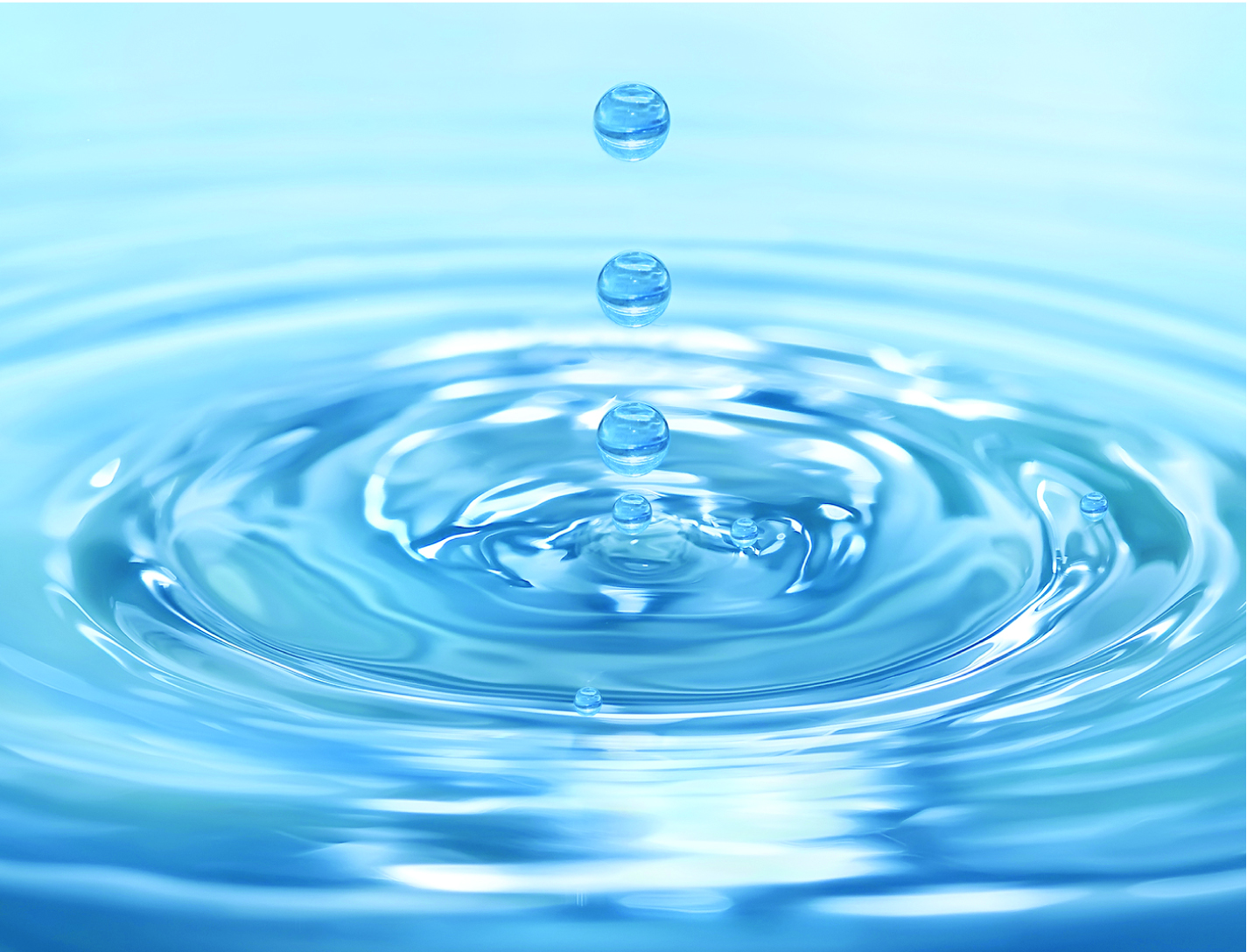
Contaminated Water Treatment
This invention is a system and associated method that is a two step process. It provides a contaminant treatment pouch, referred to as a urine cell or contaminant cell that converts urine or another liquid containing contaminants into a fortified drink, engineered to meet human hydration, electrolyte and caloric requirements. It uses a variant of forward osmosis (FO) to draw water from a urine container into the concentrated fortified drink as part of a recycling stage. An activated carbon pretreatment removes most organic molecules. Salinity of the initial liquid mix (urine plus other) is synergistically used to enhance the precipitation of organic molecules so that activated carbon can remove most of the organics. A functional osmotic bag is then used to remove inorganic contaminants. If a contaminant is processed for which the saline content is different than optimal for precipitating organic molecules, the saline content of the liquid should be adjusted toward the optimal value for that contaminant.
Environment
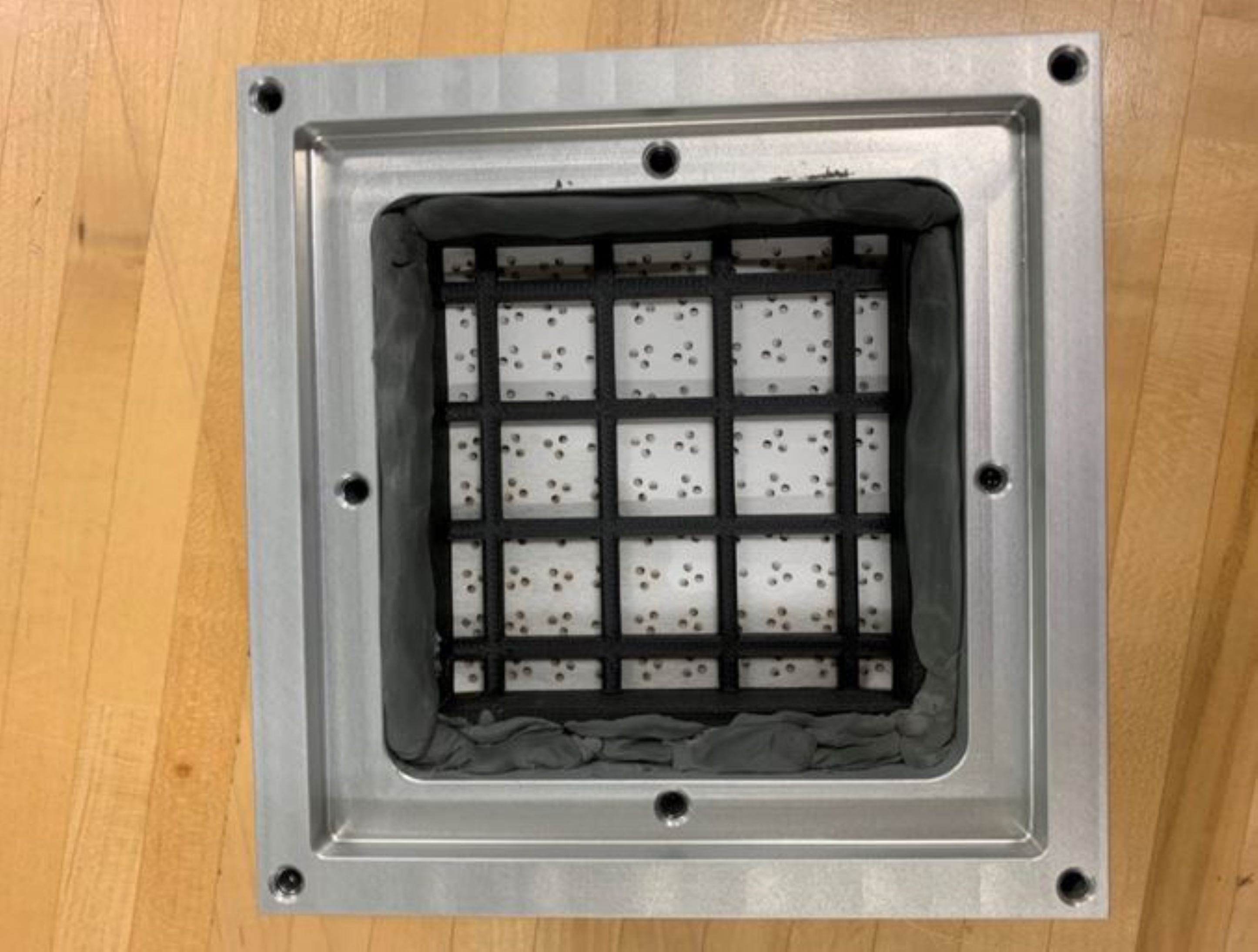
Corkscrew Filter Extracts Liquid From Air Charge
In the event of a fire aboard the Orion Spacecraft, the Portable Fire Extinguisher (PFE) can introduce up to three pounds of water into the cabin to extinguish a fire. A filter was needed to work in conjunction with the Orion Fire Safety System (OFSS) to filter water out of the cabin atmosphere after dispersal from the PFE. Airflow introduced to the smoke filter of the OFSS must be dry and free of large particulates for the sorbent material to effectively extract smoke generated by a fire.
These moisture and particulate concerns prompted a re-design of the original filter, especially a filter that could be tested in Earth’s gravity and yielding results that would transfer to a microgravity environment. The newly designed filter uses a multi-phase flow separation method that allows the airflow to develop fully in a helical flow path. This flow path resides within a wicking material used to separate the liquid from the gas (air) while also trapping particulate matter.
Helical flow paths implemented in the filter impart a centrifugal force upon the incoming gas/liquid mixture that develops an asymmetric liquid film on the inner contour of the helix. Upon active airflow, the larger water droplets are inertially forced into the inner contour flow path wall. The flow path walls are made from a wicking material, and all liquid film and liquid droplets that are inertially deposited onto the walls are adsorbed into the filter material. The resulting output flow from the filter is 100% gas.
The Corkscrew Filter has a technology readiness level (TRL) of 5 (component and/or breadboard validation in relevant environment) and is now available for patent licensing. Please note that NASA does not manufacture products itself for commercial sale.
environment
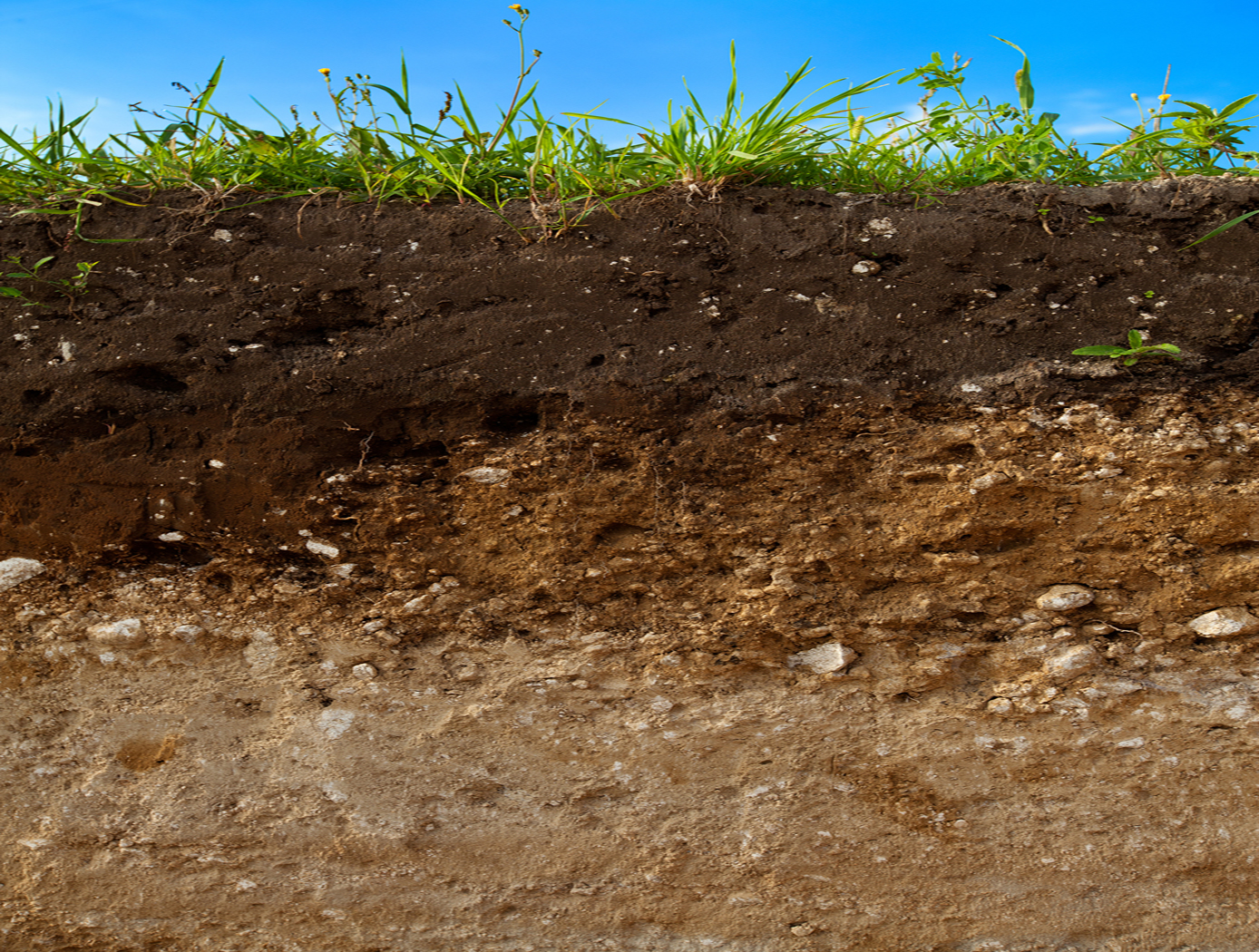
Soil Remediation With Plant-Fungal Combinations
The technology builds on the existing notion that establishment of trees in contaminated soils can be enhanced through the use of ectomycorrhizal (EM) fungi. EM fungi impart resistance to soil extremes such as high temperature, high acidity and heavy metal contamination. This process for soil remediation utilizes specific plant/fungal combinations that are specifically adapted to conditions created by phenolic application to soils, and abilities of ectomycorrhizal fungi to oxidize these compounds. This is done by taking advantage of the ability of native fungi to upregulate enzyme genes in response to changes in host physiological condition and hence enhance natural phenolic oxidation in soils by up to 5-fold. Ectomycorrhizal mediated remediation of phenolic- based contamination through use of specifically adapted ectomycorrhizal fungi and enzymes utilizes the findings that EM fungi in the genera Russula and Piloderma react with positive growth responses to phenolic-based soil contamination. The activities of enzymes that oxidize these compounds increase in activity by 5 fold when the host tree is partially defoliated, which in turn imparts an increase in phenolic oxidation in soils by a similar amount. Defoliation is done by pine needle removal, where 50% of the needles are removed. This process is performed each year on new growth to maintain defoliation.
mechanical and fluid systems
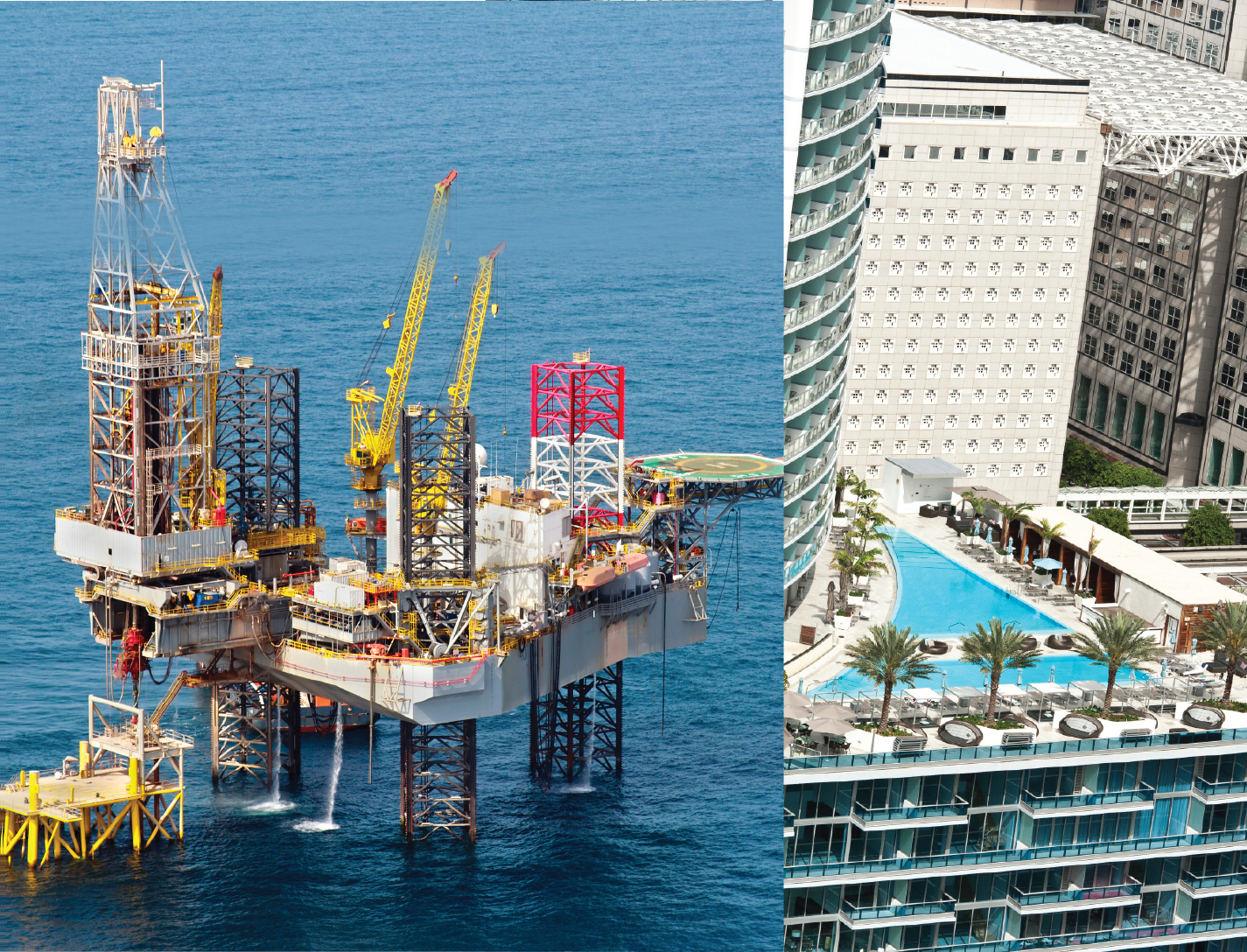
Fluid Structure Coupling Technology
FSC is a passive technology that can operate in different modes to control vibration:
Harmonic absorber mode: The fluid can be leveraged to act like a classic harmonic absorber to control low-frequency vibrations. This mode leverages already existing system mass to decouple a structural resonance from a discrete frequency forcing function or to provide a highly damped dead zone for responses across a frequency range.
Shell mode: The FSC device can couple itself into the shell mode and act as an additional spring in a series, making the entire system appear dynamically softer and reducing the frequency of the shell mode. This ability to control the mode without having to make changes to the primary structure enables the primary structure to retain its load-carrying capability.
Tuned mass damper mode: A small modification to a geometric feature allows the device to act like an optimized, classic tuned mass damper.



